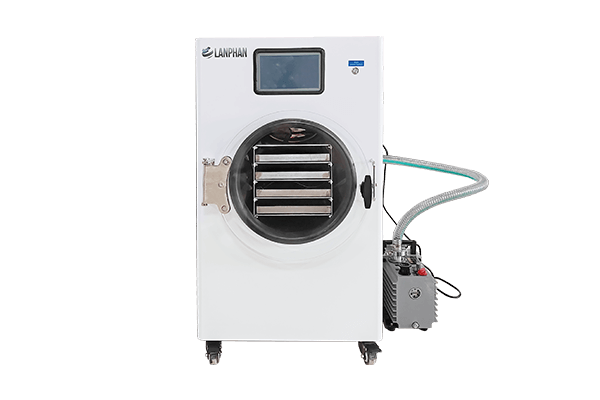What Foods Cannot Be Freeze-Dried? Discover the Surprising Truth
Are you intrigued by the idea of freeze-drying your favorite foods? It’s a fantastic way to preserve them while retaining their flavor and nutritional value. But before you start freeze-drying everything in your pantry, it’s essential to know that not all foods are suitable for this preservation method. What foods cannot be freeze-dried? Let’s explore the surprising answer to this question.
Understanding Freeze-Drying
Freeze-drying is a process that removes moisture from food, preserving it for long-term storage. It involves freezing the food and then placing it in a vacuum chamber, where the frozen water sublimates directly into vapor. This leaves behind a freeze-dried product that retains its original shape, flavor, and nutritional content.
Foods That Cannot Be Freeze-Dried
While many foods are excellent candidates for freeze-drying, some are not suitable for this preservation method due to their composition or texture. Here are some examples:
High-Fat Foods
Foods with a high-fat content, such as avocado, nuts, and fatty meats, do not freeze-dry well. The high fat content can lead to rancidity and an unpleasant taste.
Cream-Based Foods
Cream-based foods like sour cream, yogurt, and cream cheese do not freeze-dry effectively. The moisture content and delicate texture make them unsuitable for this preservation method.
Eggs
Raw eggs cannot be freeze-dried due to their high moisture content and delicate protein structure. However, cooked eggs, such as scrambled eggs or omelets, can be freeze-dried with success.
Fruits and Vegetables with High Water Content
While many fruits and vegetables are excellent candidates for freeze-drying, those with high water content, such as watermelon and cucumber, do not fare well. The excessive moisture makes them difficult to freeze-dry properly.
Foods with Crumbly Textures
Foods with crumbly textures, such as crackers, cookies, and bread, do not freeze-dry well. The freeze-drying process can cause them to become even more fragile and prone to crumbling.
Alternatives to Freeze-Drying
If your favorite foods are not suitable for freeze-drying, don’t despair! There are alternative methods of preservation that may work better for these items:
Canning
Canning is an excellent option for preserving high-acid foods like fruits, pickles, and jams. It involves heating the food in a sealed jar to kill bacteria and create a vacuum seal.
Dehydrating
Dehydrating is another popular method of food preservation. It involves removing moisture from the food by circulating hot air, which inhibits the growth of bacteria and molds. Dehydrated foods are shelf-stable and can be rehydrated before consumption.
Pickling is a traditional method of preserving fruits and vegetables in a solution of vinegar, salt, and spices. This process not only extends the shelf life of the food but also imparts a unique flavor.
Conclusion
While freeze-drying is an excellent method of food preservation for many items, there are certain foods that do not lend themselves well to this process. Understanding what foods cannot be freeze-dried is essential for successful food preservation. By avoiding foods with high fat content, cream-based textures, and excessive moisture, you can ensure the best results with your freeze-dried foods.
Ready to embark on your freeze-drying journey? Explore the wide array of foods that are perfect candidates for this preservation method, and experiment with different flavors and textures. With a bit of creativity and experimentation, you’ll discover new ways to enjoy your favorite foods for years to come.
How to Make Tablets from Powder? A Simple Guide
Are Pills Just Pressed Powder? Unveiling the Truth Behind Your Medication
Must Read: Can You Take Pills in Powder Form? Exploring the Benefits and Risks
Must Read: What are the Disadvantages of Freeze-Drying? Unveiling the Drawbacks


